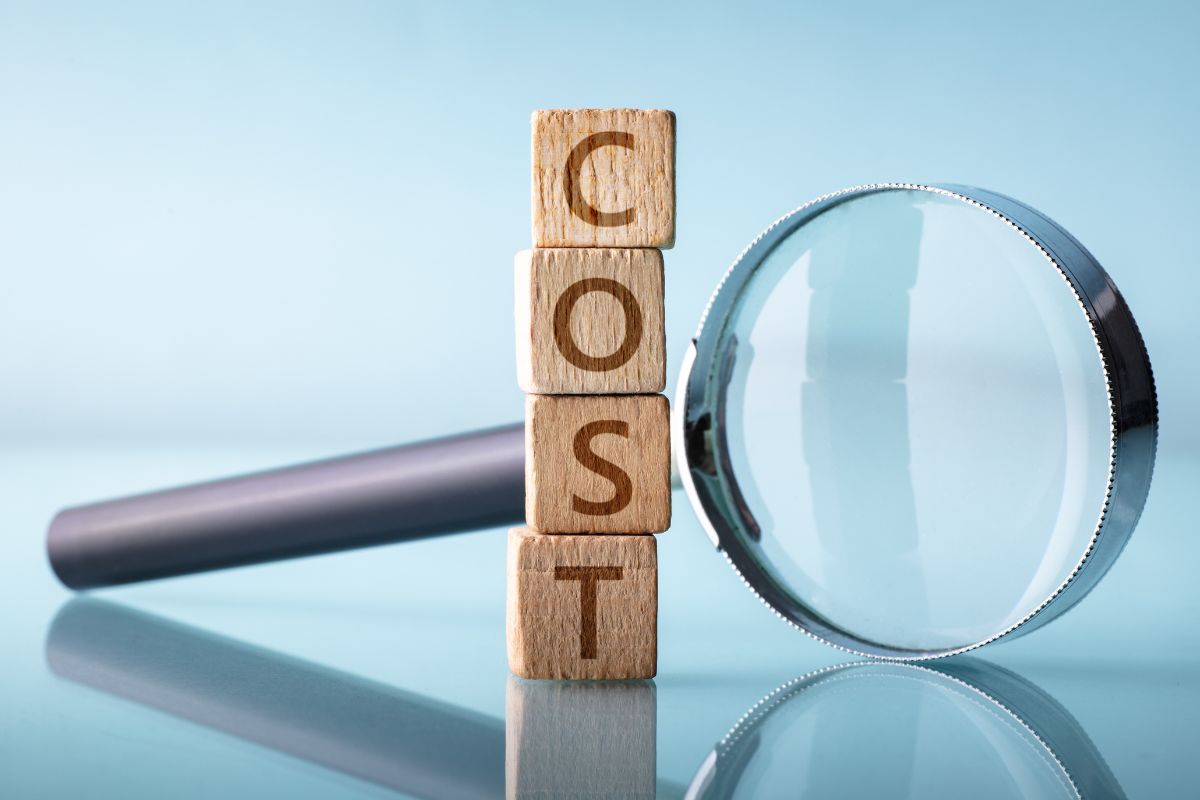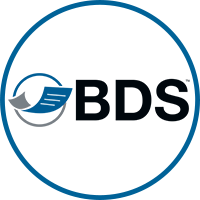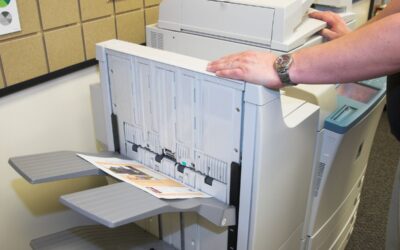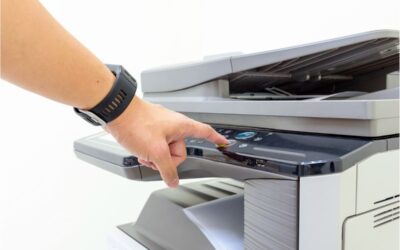It is an important tool that affects productivity and workflow. Whether you’re printing contracts, scanning important documents, or producing marketing materials, the right copier can streamline daily operations.
Choosing the right model is not just about features and printing speeds. It is also about knowing all the costs of printing and copying.
This guide will explain upfront costs, long-term costs, maintenance contract costs, and other factors. These all add to the total cost of ownership. We will also help you decide whether to buy or lease a copier and explain finishing options. You will learn what to expect for repairs and hidden costs during the copier’s life.
1. The True Cost of Business Copiers
When evaluating copiers’ cost, it’s easy to focus on the price tag. But the purchase price is only one piece of the puzzle. The total costs of a copier include:
- Upfront costs for purchasing or initial lease payments.
- Ongoing expenses for printing, copying, and scanning are needed.
- Consumables such as toner, paper, and staples.
- Service, repairs, and a maintenance contract.
- Potential hidden costs like downtime, energy use, or parts replacement.
- Long-term costs are tied to upgrades, expansions, or changing print volume needs.
Considering these elements together gives you a more accurate picture of what it truly costs to operate a copier.
2. Buying vs. Leasing: Which Is Right for Your Business?
One of your first decisions is whether to buy or lease your copier.
Buying a Copier
Pros:
- Full ownership—no ongoing lease payments.
- You can use the equipment if it functions.
- Often, it is more cost-effective over the long term for high-use environments.
Cons:
High upfront costs.
- You’re responsible for all repairs and eventual replacement.
- Technology can become outdated quickly.
- Buying works best for companies with stable print volume needs and available capital to invest in high-quality equipment upfront.
Leasing a Copier
Pros:
- Lower upfront investment.
- Ability to upgrade to newer models during or at the end of the lease.
- Service and maintenance contracts are often included.
Cons:
- Higher total costs over time compared to purchasing.
- Lease agreements can be restrictive.
- You never fully own the equipment.
Leasing is ideal for businesses that need flexibility, want predictable monthly payments, and prefer to keep their equipment updated.
3. Upfront Costs vs. Long-Term Costs
Upfront costs vary significantly depending on the copier’s capabilities. A small black and white desktop copier can be purchased for under $1,000. A high-quality multifunction copier with advanced finishing options can cost over $15,000. These options include stapling, hole punching, and booklet making.
However, focusing only on the purchase price can be misleading. Long-term costs—such as toner, repairs, and energy usage—often surpass the initial investment. This is why understanding your copier’s total cost of ownership is essential.
4. How Print Volume Affects Total Costs
- Your print volume, the number of pages you print and copy each month, significantly influences total costs.
- Low-volume users may find that a smaller machine with slower printing speeds is more economical, even if per-page costs are higher.
- High-volume users benefit from devices with faster printing speeds and lower cost-per-page rates, even if the upfront costs are higher.
When estimating your needs, include all printing, copying, and scanning tasks your team handles to avoid underestimating usage.
5. Understanding Total Cost of Ownership (TCO)
The total cost of ownership for a copier includes:
- Purchase or lease payments.
- Supplies (toner, ink, paper, staples).
- A maintenance contract for preventive service and repairs.
- Repair costs not covered under warranty or service agreements.
- Hidden costs like productivity loss from breakdowns or outdated equipment.
Calculating TCO before purchasing or leasing ensures you’re making informed decisions that fit your budget.
6. The Role of a Maintenance Contract
A maintenance contract can be one of the most critical investments for keeping your copier running efficiently. These contracts typically include:
- Regular preventive maintenance visits.
- Priority service response for breakdowns.
- Replacement of worn parts and components.
- Toner delivery and supply management.
While a maintenance contract adds to total costs, it often reduces repair costs and downtime, making it a wise choice for many businesses.
7. Hidden Costs to Watch For
When evaluating copiers’ costs, don’t overlook the hidden costs that can accumulate over time:
- Energy consumption: Larger machines use more power, which impacts utility bills.
- Training: New devices may require staff training, which takes time and resources.
- Downtime: Malfunctions can delay projects and reduce productivity.
- Outdated technology: Old machines may be incompatible with modern software or security requirements.
A well-planned purchase or lease can minimize these unexpected expenses.
8. The Impact of Printing Speeds and Features
Faster printing speeds can improve productivity but may also increase upfront costs. Consider your actual print volume before paying for a high-speed machine. Also, consider the value of finishing options like binding, folding, and hole punching. These can save money on outsourcing, but they may not be needed in every office.
When choosing features, consider your business’s printing, copying, and scanning needs and whether you prioritize speed, quality, or versatility.
9. Black and White vs. Color Printing
Color copiers often have higher upfront and long-term costs due to more expensive toner and imaging components. A black-and-white copier may be more cost-effective if your business mainly handles text documents. However, a high-quality color copier may justify the extra investment for marketing, branding, or client-facing materials.
10. Repair Costs and Equipment Lifespan
Repair costs vary widely depending on the machine’s age, brand, and model. Newer devices under warranty or a maintenance contract typically have lower repair expenses, while older machines may require costly parts replacements.
Lifespan is another factor—most business copiers last five to ten years with proper care. Choosing a reliable brand and investing in preventive maintenance can extend that lifespan, lowering total costs.
11. Making Informed Decisions for Your Office
To make truly informed decisions about copier investments, follow these steps:
- Assess needs: Identify your monthly print volume, required printing speeds, and desired features.
- Compare options: Evaluate buying a copier and leasing to determine which fits your financial strategy.
- Calculate TCO: Include upfront costs, supplies, maintenance contract, repair, and hidden costs.
- Growth plan: Choose equipment that can scale with your business.
You can effectively balance cost, quality, and performance by approaching copier selection strategically.
How BDS Helps Businesses in New England and Florida
At BDS, we specialize in helping businesses find the right copier solution at the right price. You may need a small black and white printer for your office. Or you might need a high-quality multifunction system for a large business. We are here to help you with every step of your decision-making process.
We serve businesses across Massachusetts, Connecticut, Rhode Island, New Hampshire, Maine, Vermont, and Florida, providing purchase and lease options. Our expert team ensures you understand all upfront, long-term, and potential hidden costs before choosing.
With our flexible maintenance contract programs, you’ll enjoy predictable budgeting, reduced repair costs, and maximum uptime. We also provide fast, local service to keep your printing, copying, and scanning needs running smoothly.
Whether you buy or lease, BDS is your trusted partner in managing the total cost of ownership for your office equipment.






